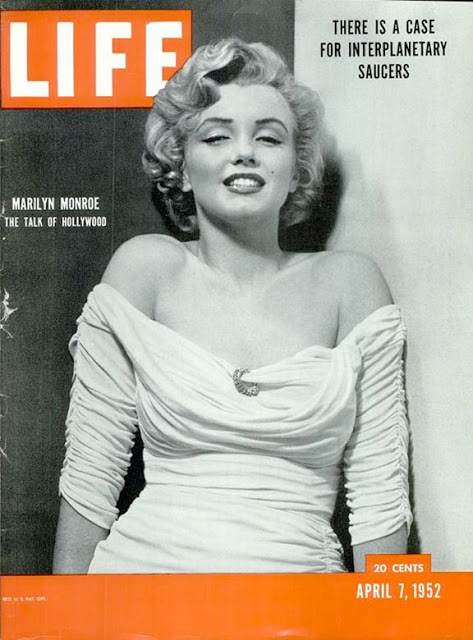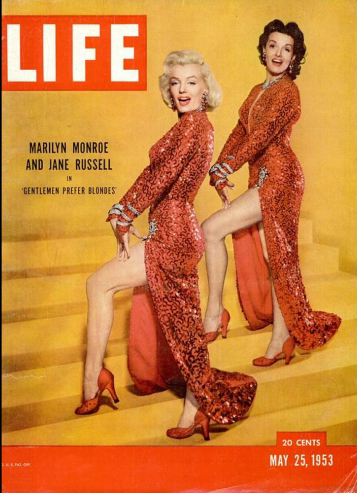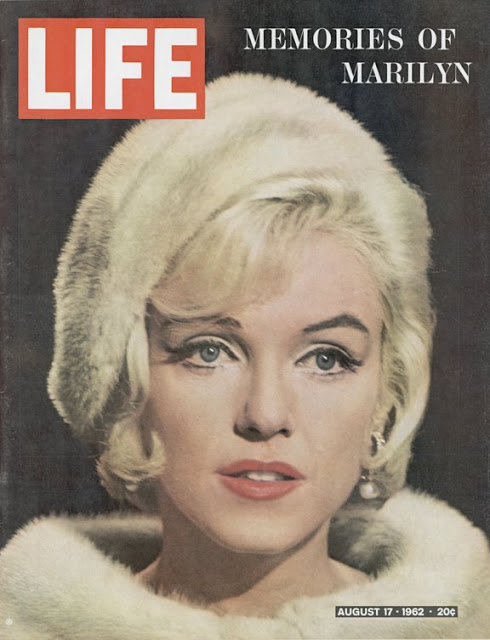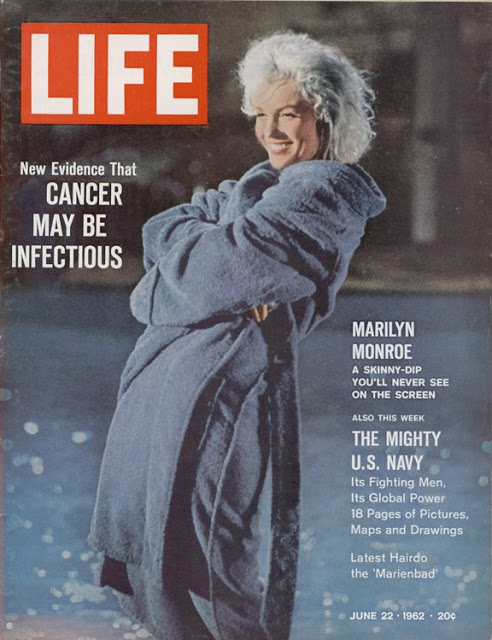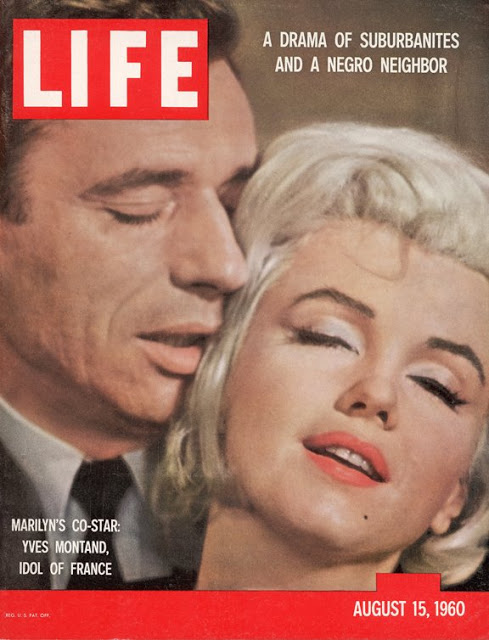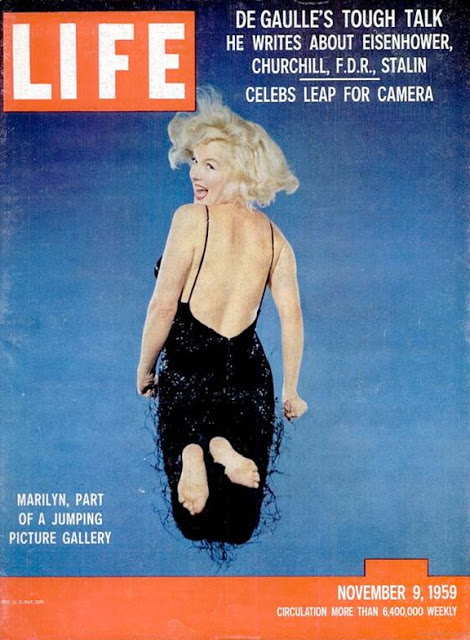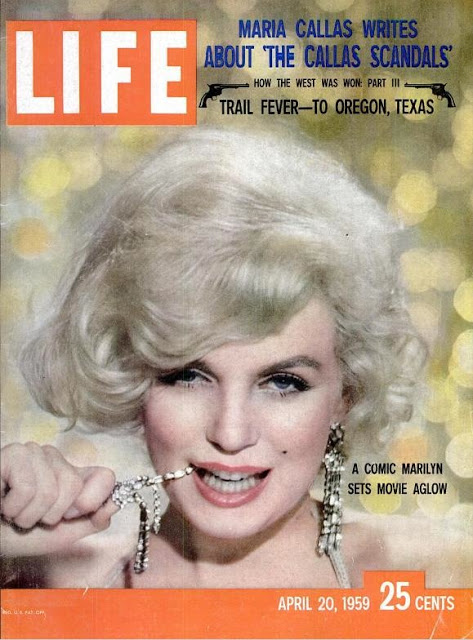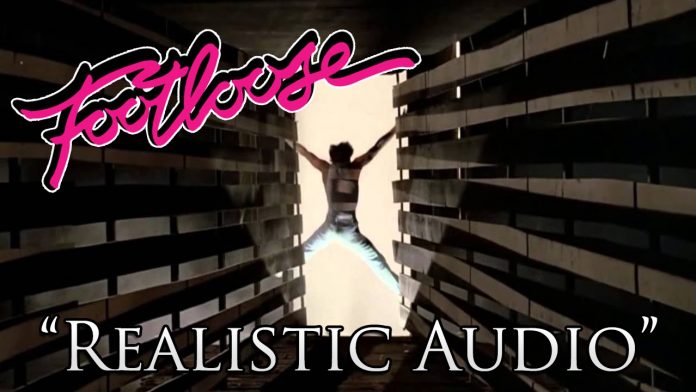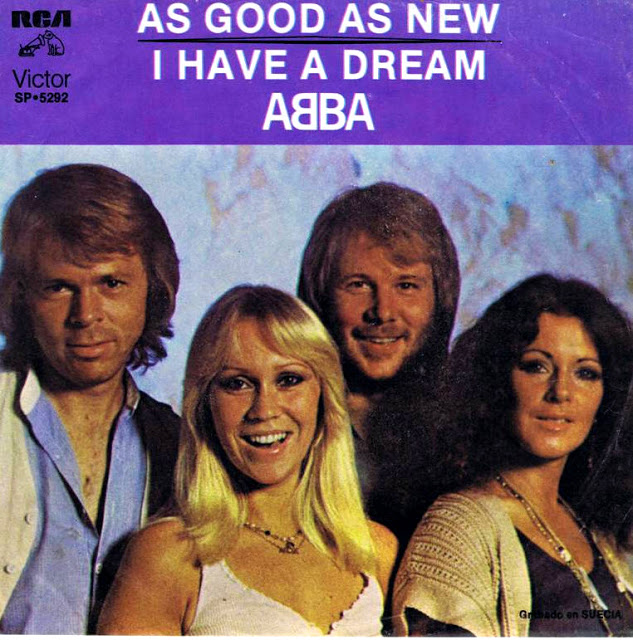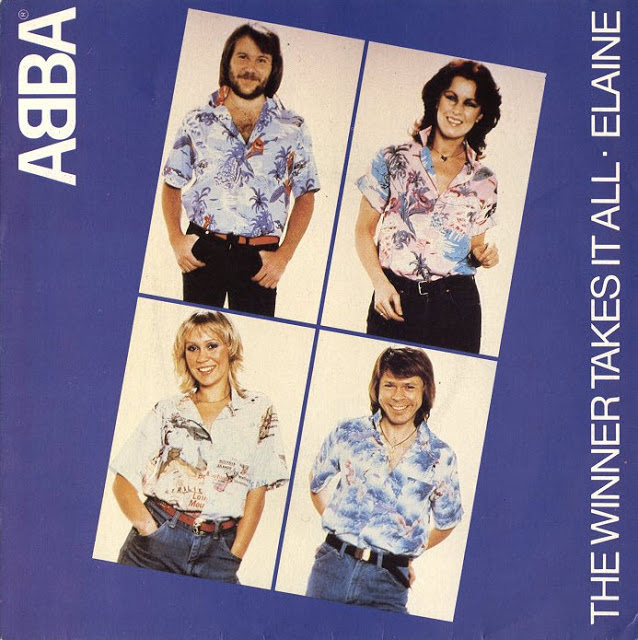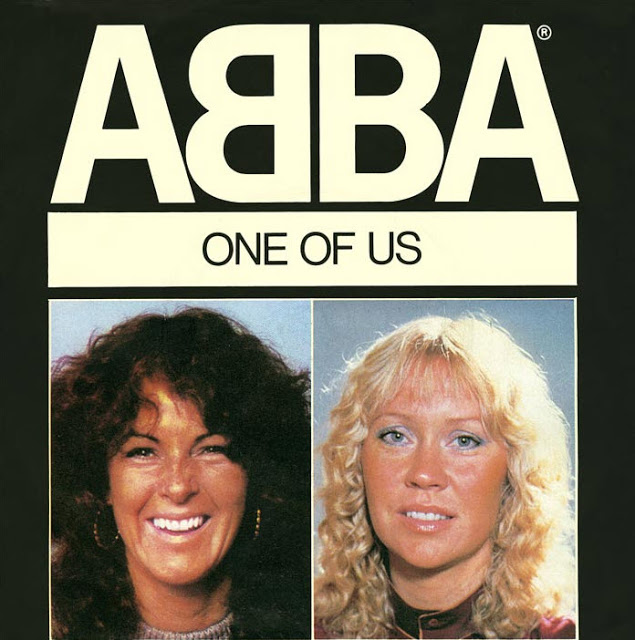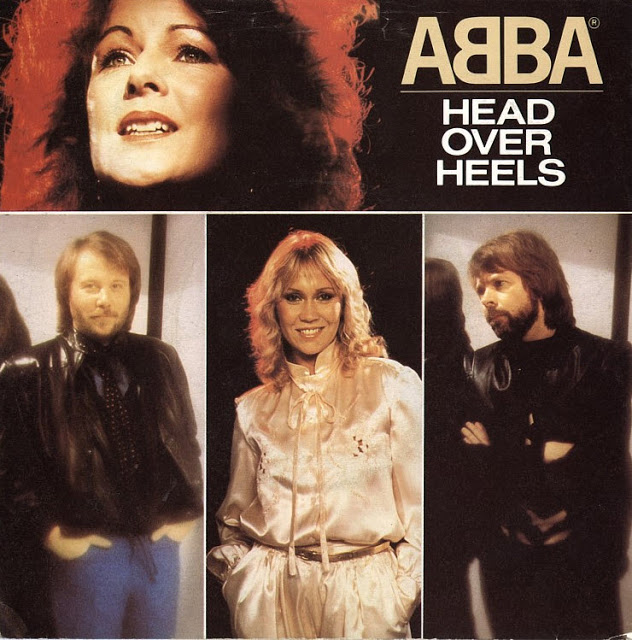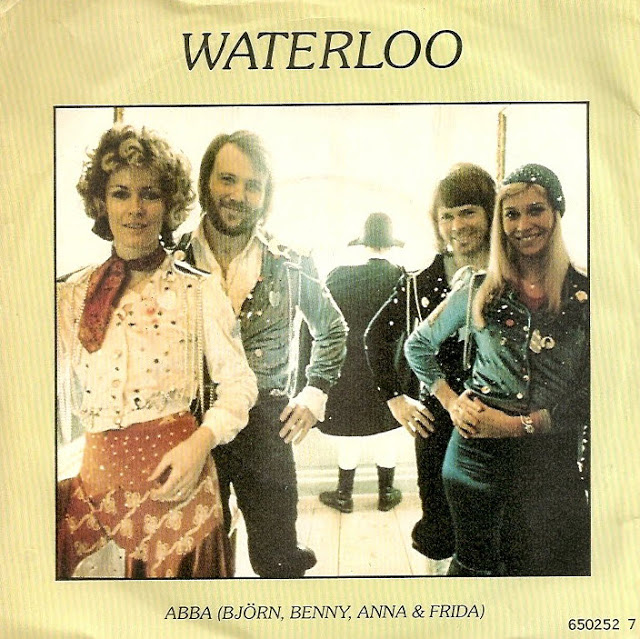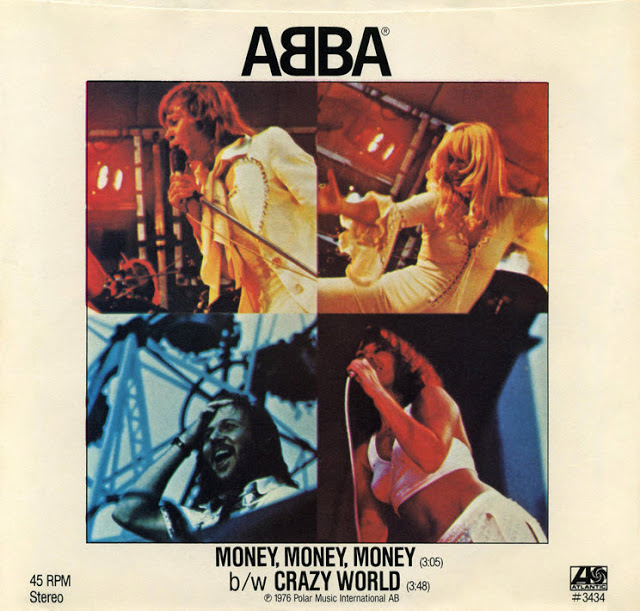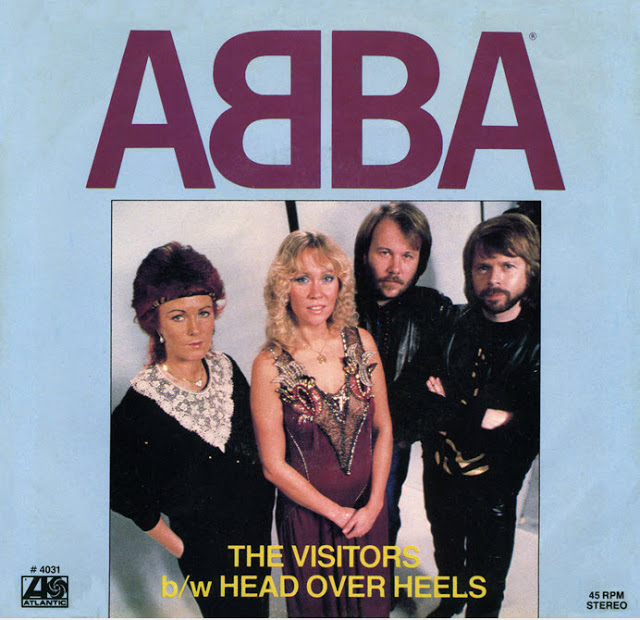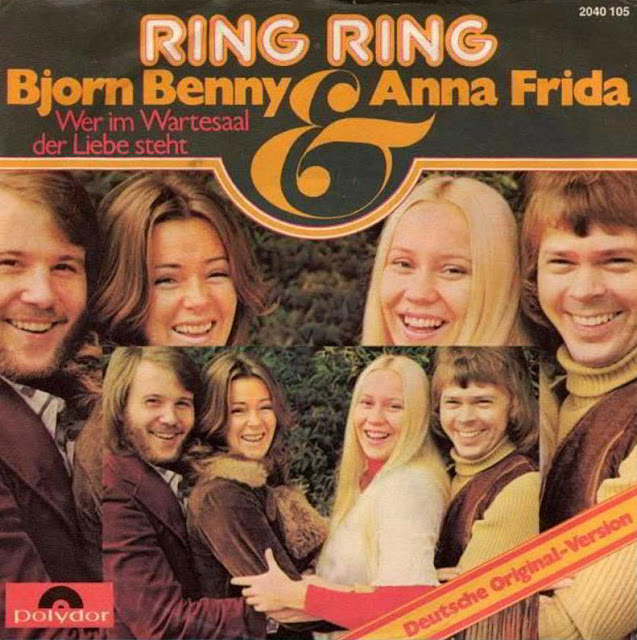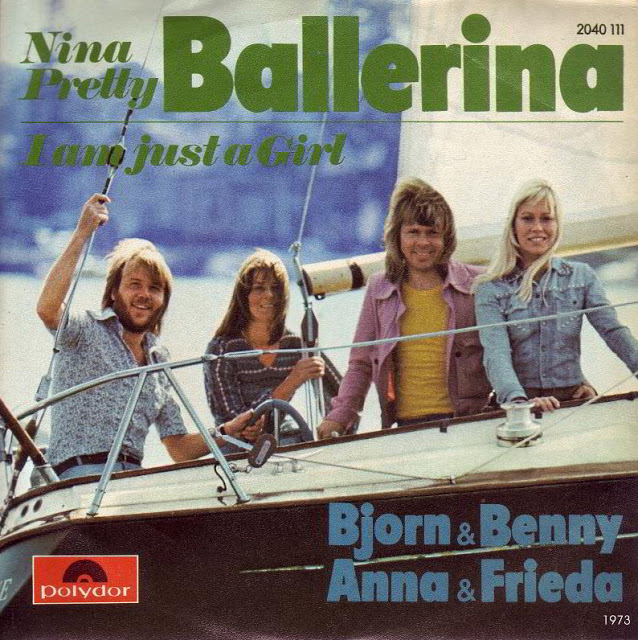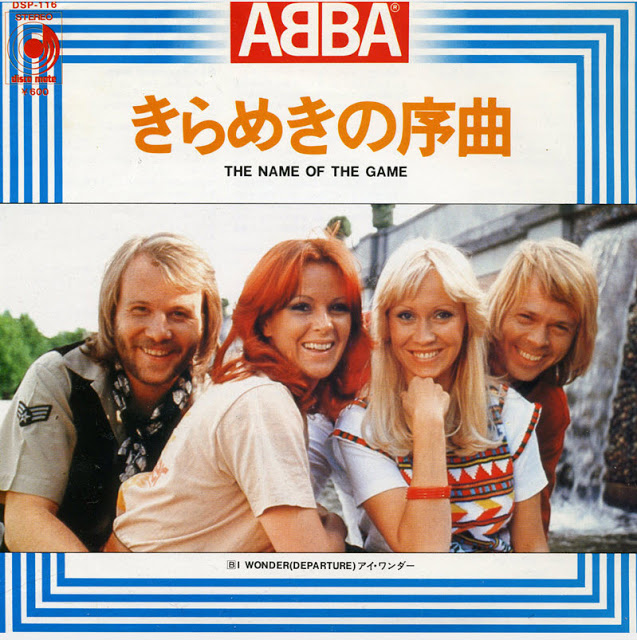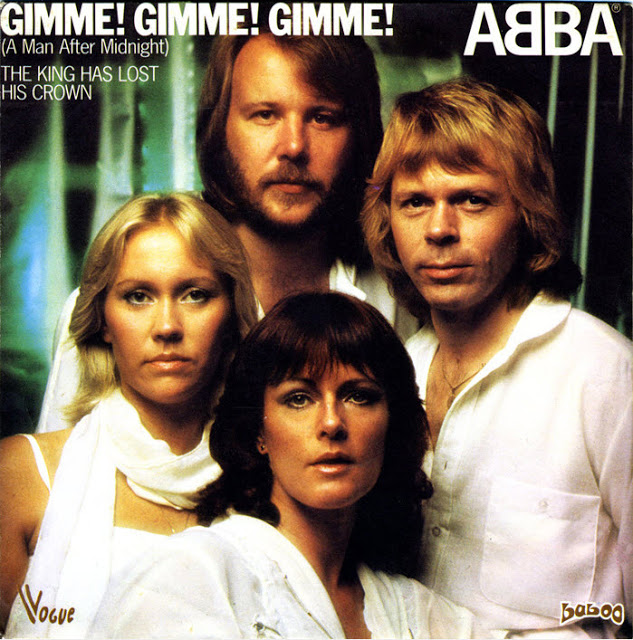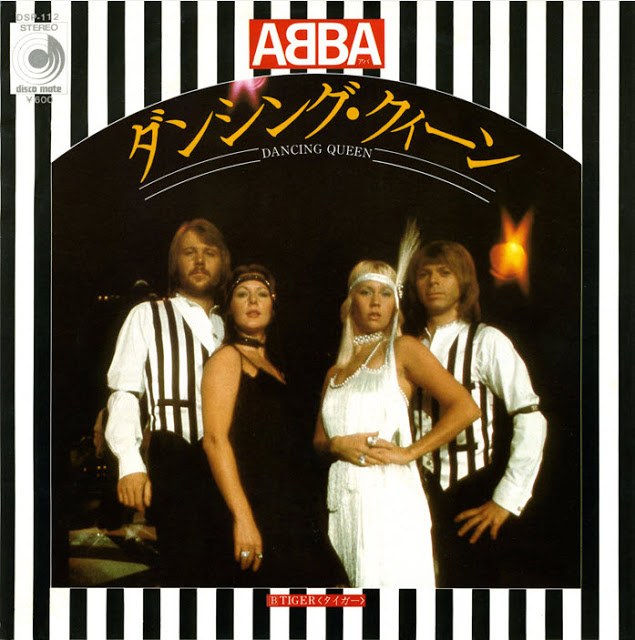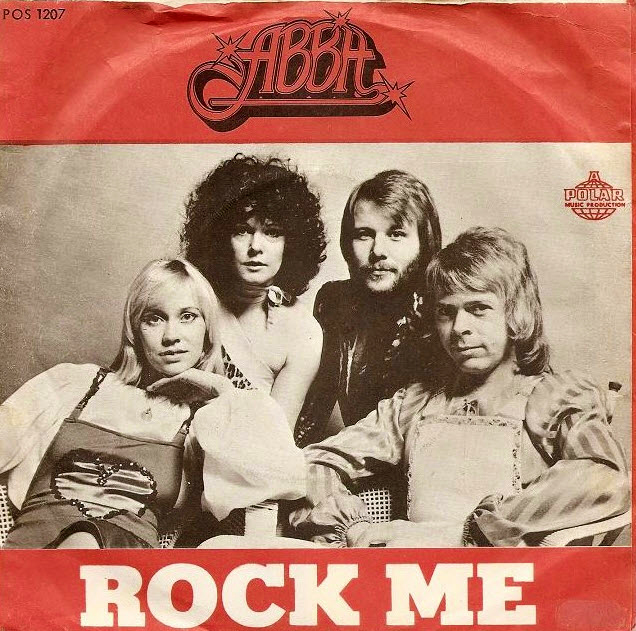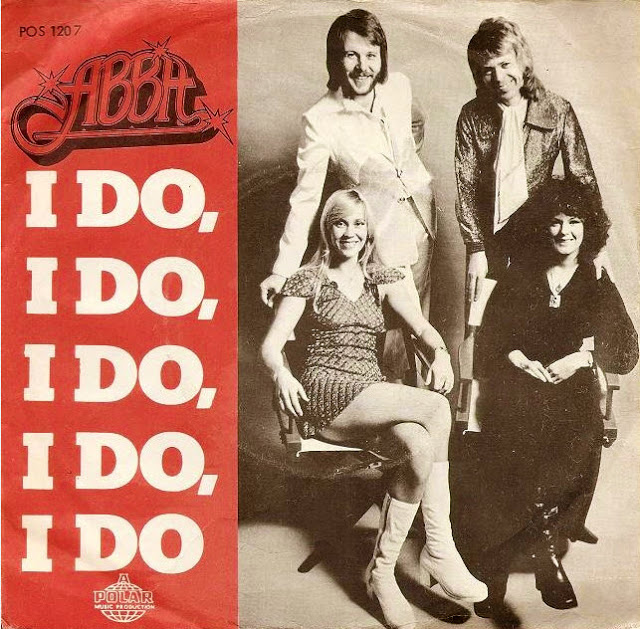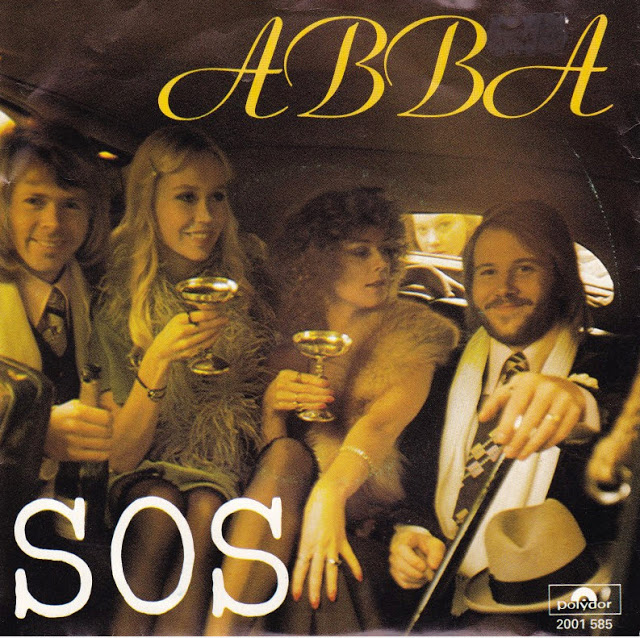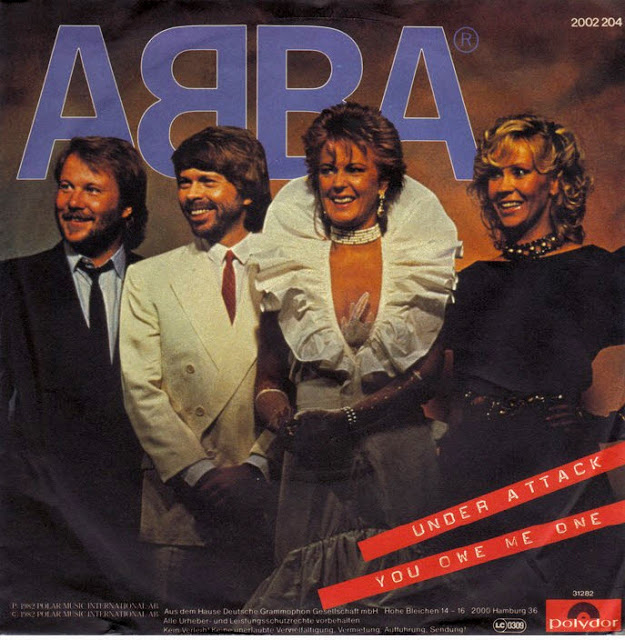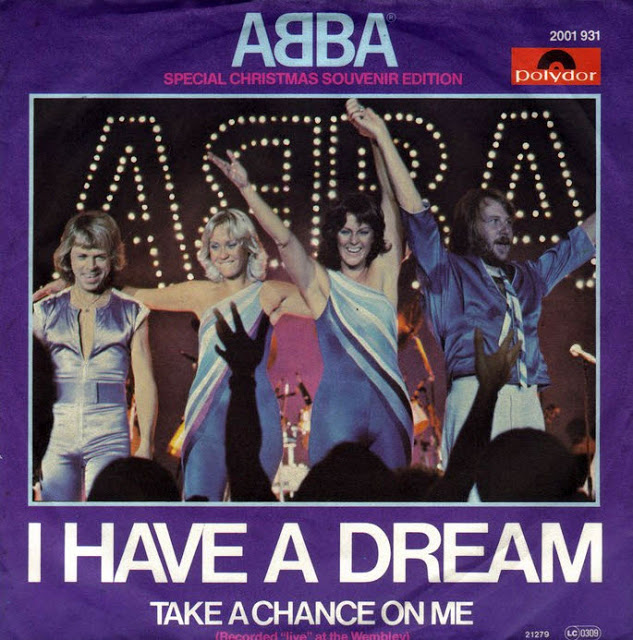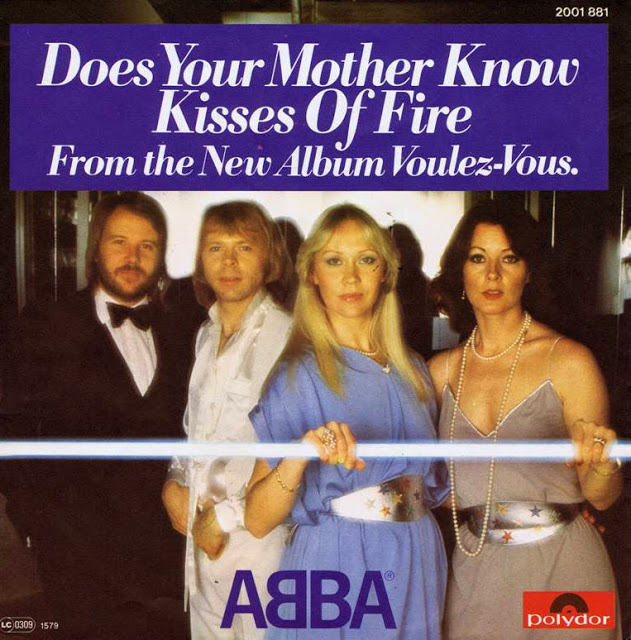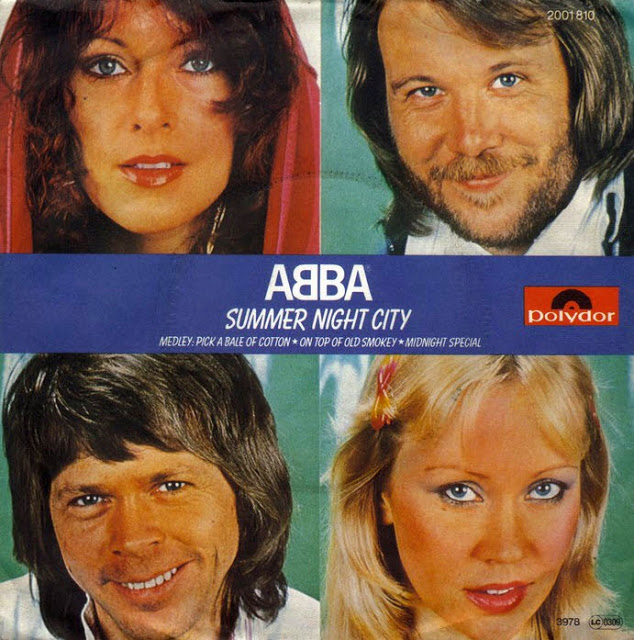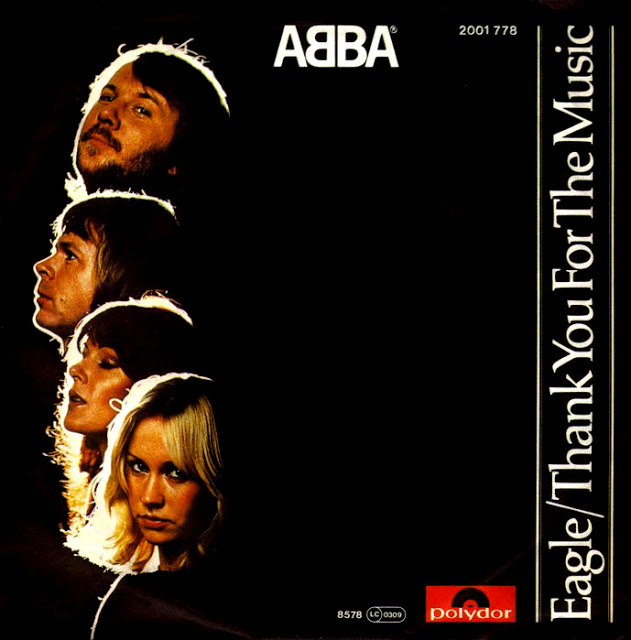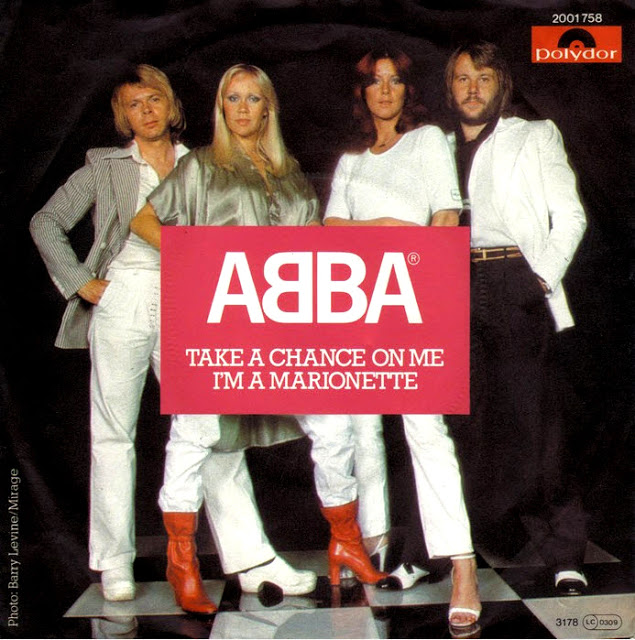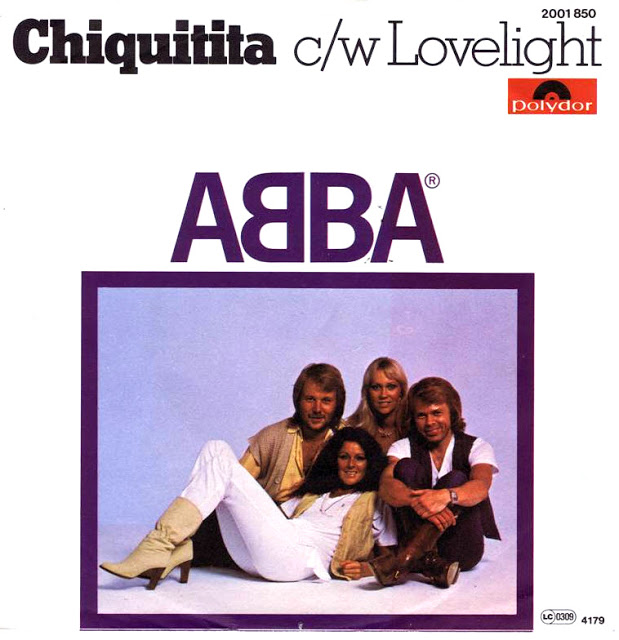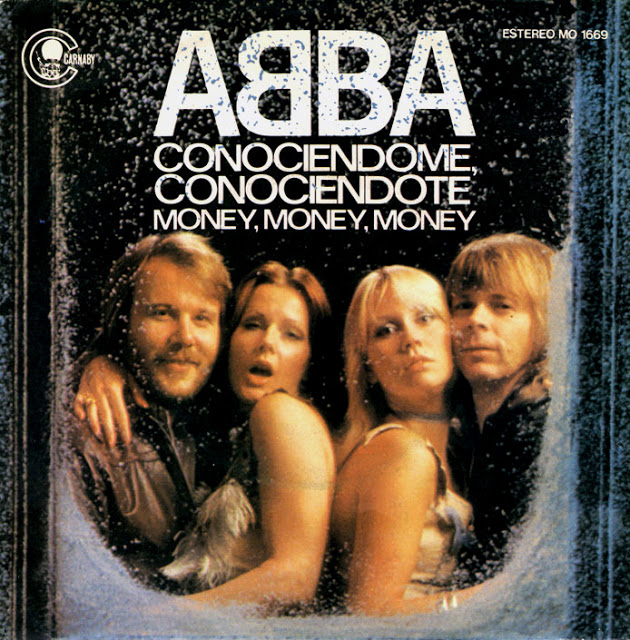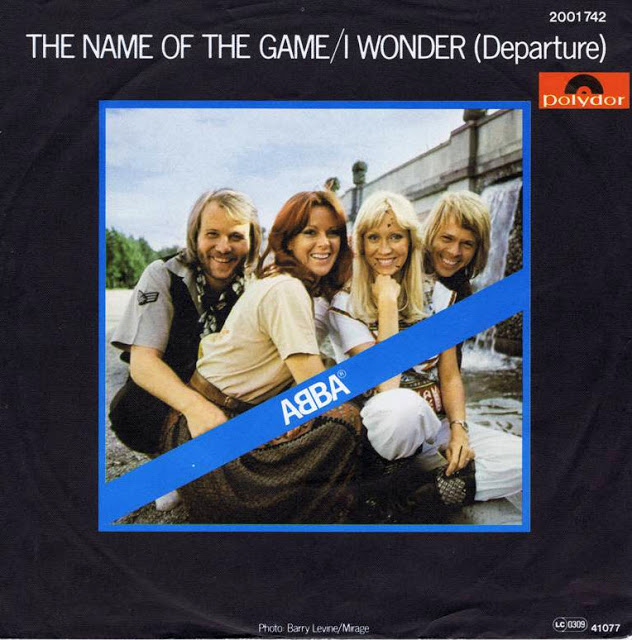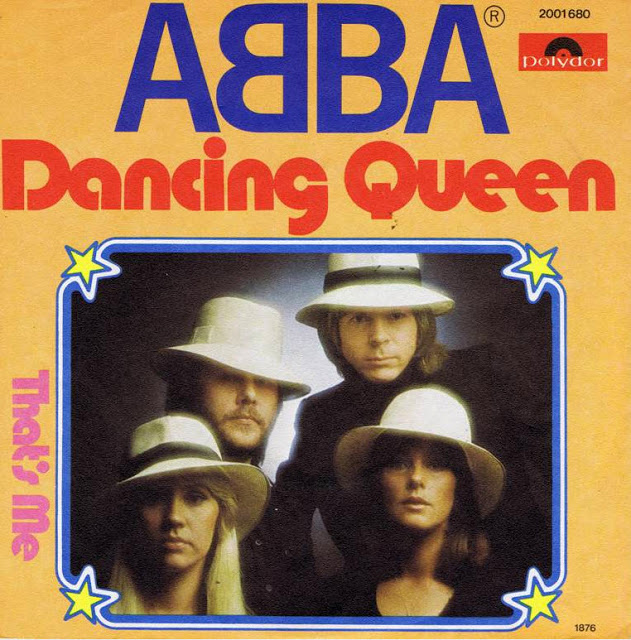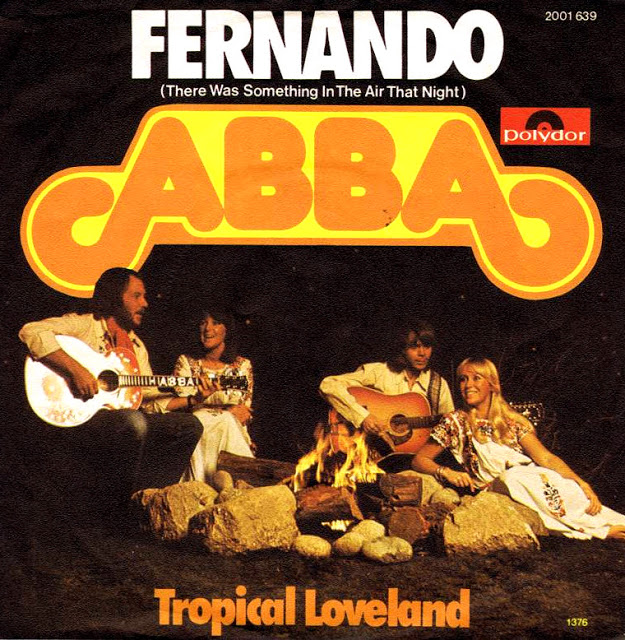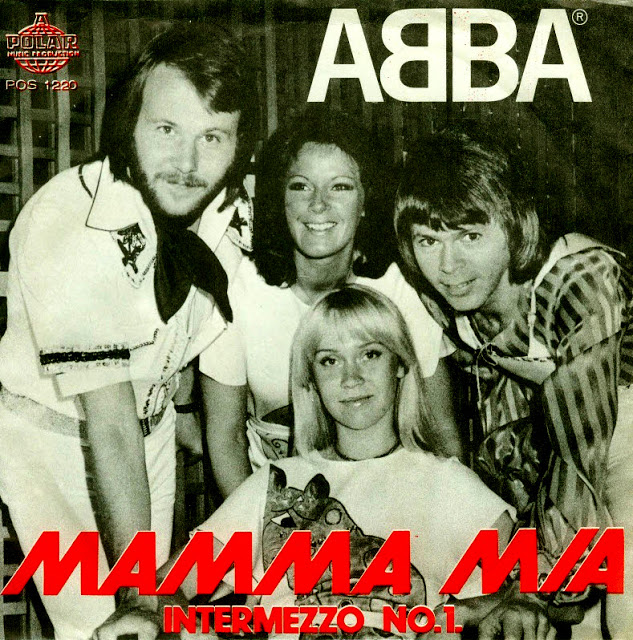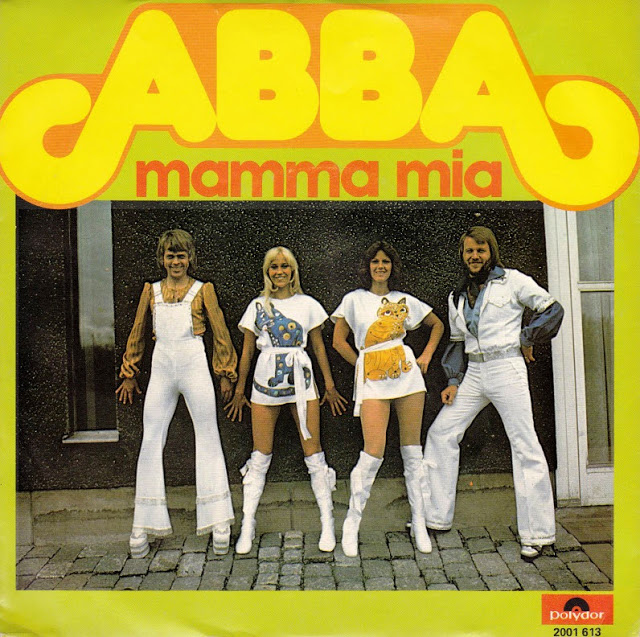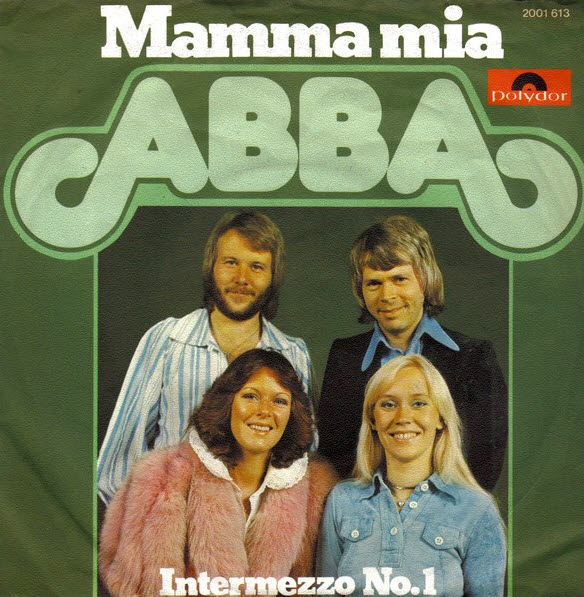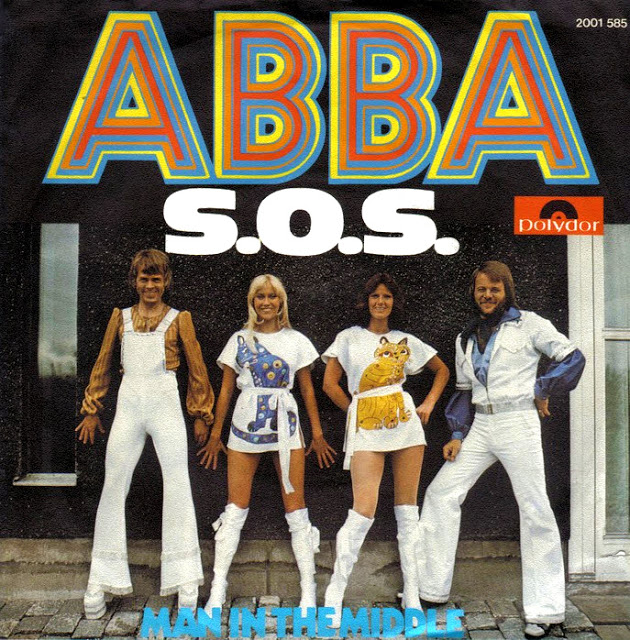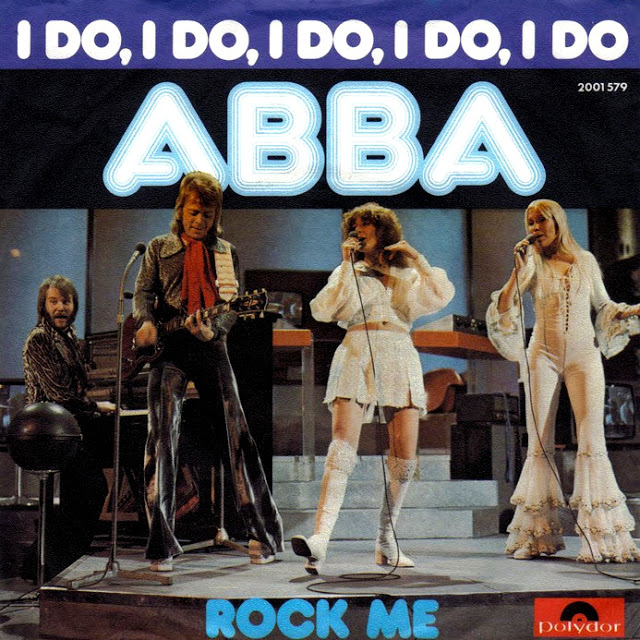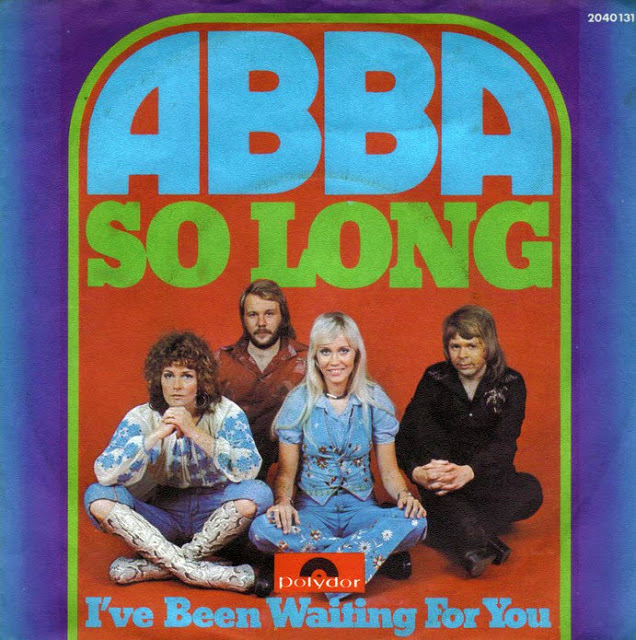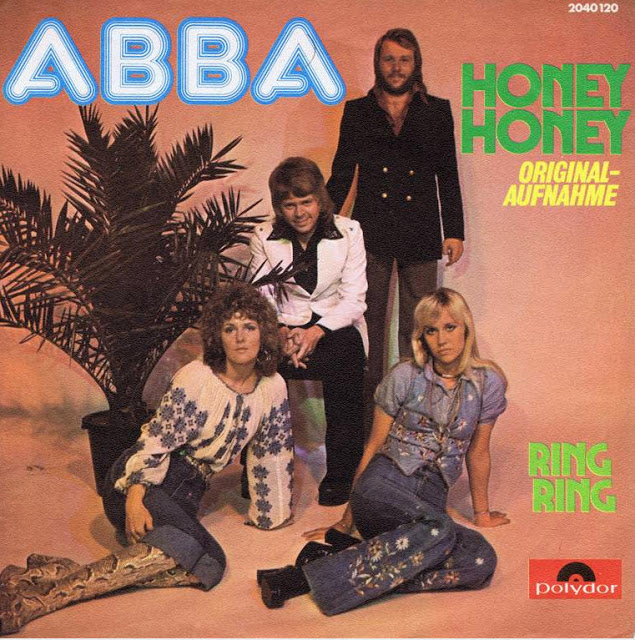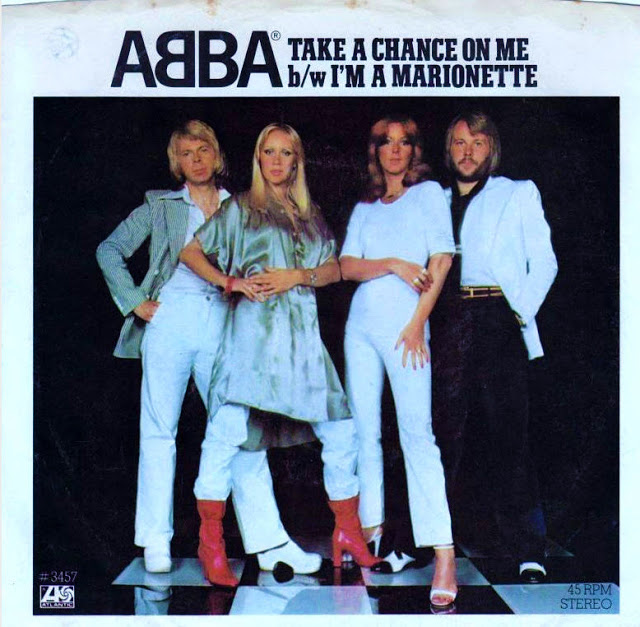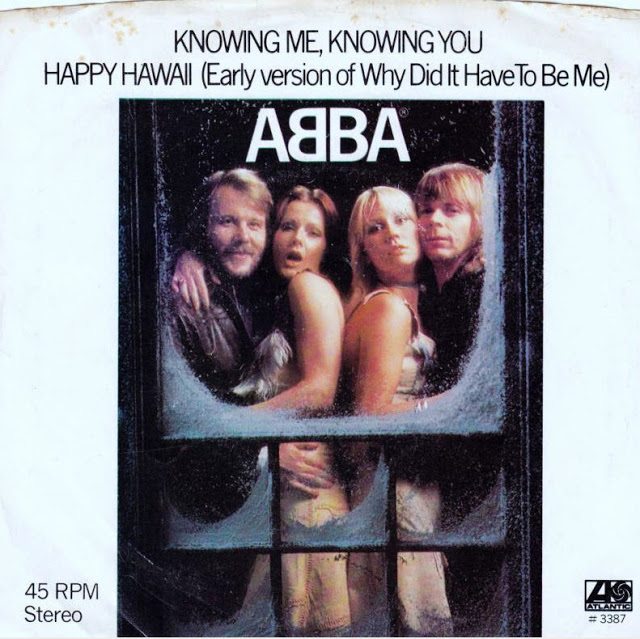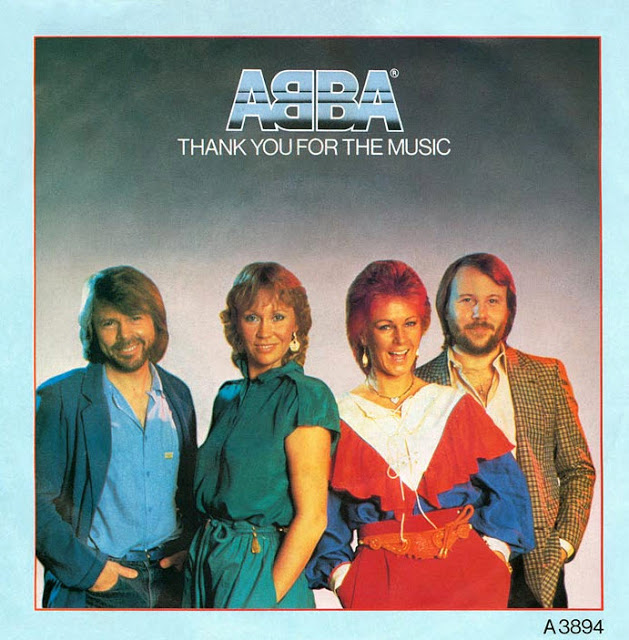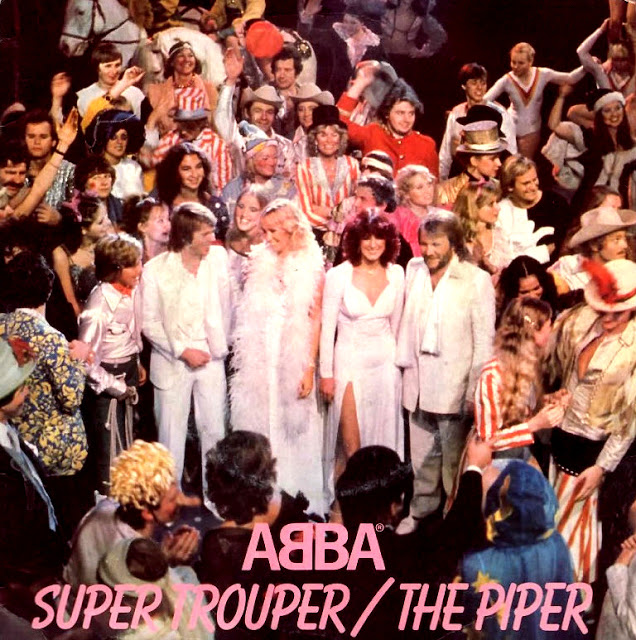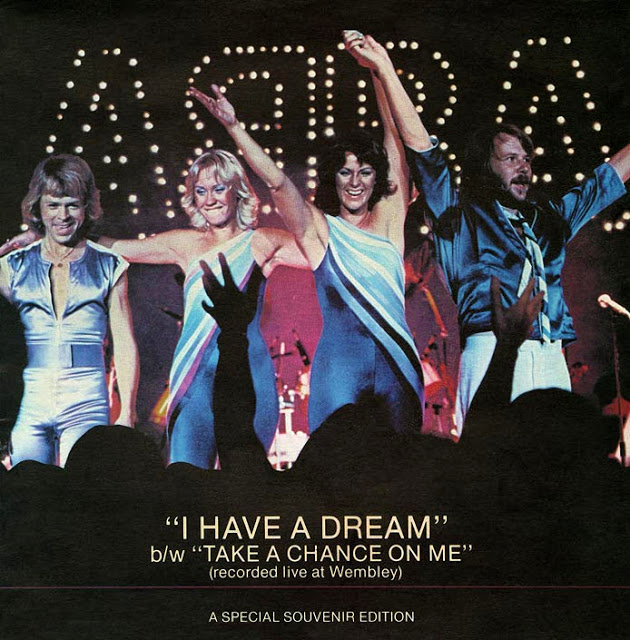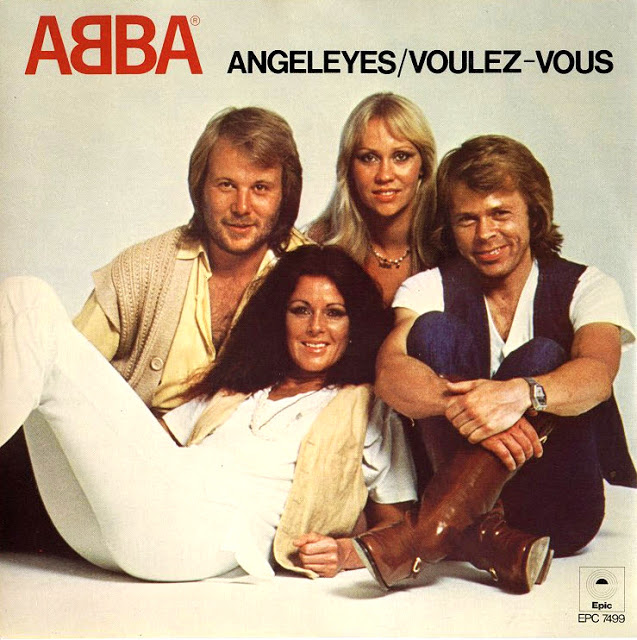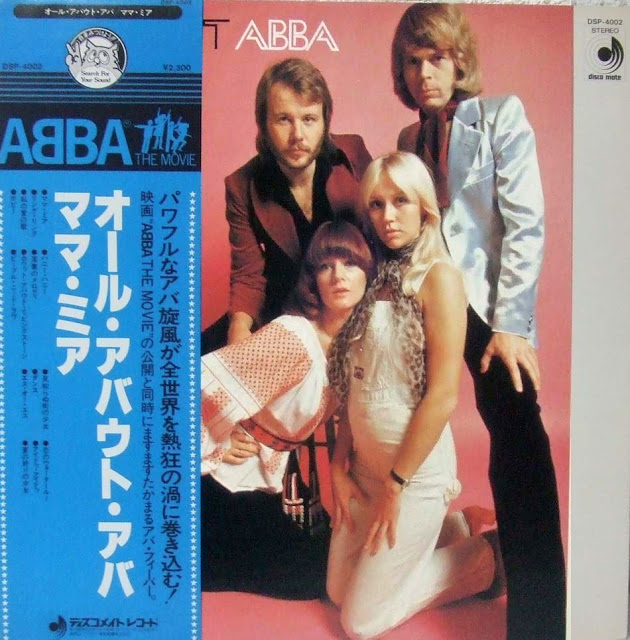Last night, The Phoenix Concert Theatre hosted a night of music, with dozens of celebrated Canadian artists combining forces in support of the Unison Benevolent Fund. The first of its kind in this country, the non-profit charity provides counselling and emergency relief services to the Canadian music community, assisting professional music makers in times of hardship, illness or economic difficulties. Kicking off Canadian Music Week, the event, which featured live performances by 2011 initial Unison launch host, Tom Wilson, as well as Finger Eleven, Matthew Good, I Mother Earth, Kim Mitchell, K-OS, Madison Violet, Jason McCoy, Tomi Swick, The Trews, and DJ Soul Proprietor (Eon Sinclair), was a celebration of Unison reaching a monumental financial milestone of $1 million. This achievement, made possible through donations, enables Unison to launch a new program that will provide financial support to Canadian music makers in times of crisis.
The new financial assistance program, set to start immediately, is designed to provide discreet relief to music industry professionals in times of crisis. Created and administered by the music community, for the music community, the program will provide emergency financial support to Canadian music makers affected by severe economic or personal hardship as a result of an illness, injury or other circumstances that result in an inability to work in their field. The Unison Benevolent Fund provides a short-term lifeline in these times of crisis, and is there to ensure the health of colleagues and collaborators within the music community.
Over 150 artists have lent their voices, time and support to the fundraising initiatives. East Coast artist, Alan Doyle, was one of the first artists to come on board to support a fund raising event in 2012. “As a musician who started out in what was a small, East Coast band, I understand the risks those of us in the industry have taken to follow our dreams,” says Doyle. “Without a support system like the Unison Benevolent Fund, many of us would be forced to stall or potentially end our careers to make ends meet.”
Founding patrons, Slaight Music and Music Canada, who supported the efforts to launch the fund with donations of $250,000 each, and have continuously encouraged others to support the vision, were on hand for the event. “The music community is built on everyone supporting each other,” commented Slaight Music president, Gary Slaight. “In order to make a stronger community, people need to know that they can reach out in times of need.” Graham Henderson, President and CEO of Music Canada remarked, “Music Canada and its members, Universal, Sony and Warner were believers from the start. Not only did we commit capital funding in the amount of $250,000, but we also provided critical operational funding of $160,000. We wanted to give Unison the runway it needed to attract a critical mass of donors and launch into flight. This it has done brilliantly thanks to a dedicated staff and core of volunteers. The Canadian music community has been under great stress for many years now. Unison is expressly designed to relieve some of that stress and to extend a helping hand to those in our community who are most at risk. Our support for Unison has never flagged and it will never waver.”
National and provincial music associations have been integral to spreading the word and awareness. Among the various organizations: CONNECT Music Licensing, the Canadian Music Publishers Association, SOCAN, Canada’s Walk of Fame, Canadian Music Week, Canadian Country Music Association and the Canadian Independent Music Association have all shown a tremendous amount of support to Unison’s fundraising efforts. From the Golf4Good Tournament, the Manitoba Music Bonspiel, and the Remembering Jay Smith events, to exposure at conferences, the music community has been, and continues to lend its support through awareness building campaigns and unique ways to generate donations.
Since its inception in 2011, the Unison Fund has worked to put systems of assistance in place in order to prepare for its full launch. In the meantime, the organization has offered counselling and health solutions in a confidential manner to eligible Canadian music makers and their immediate family members dealing with health, legal, relationship and work-related concerns. The services are available in English and French on a countrywide level. There are no membership fees or dues to access any of the assistance programs offered. The fund is created and funded by individuals and industry organizations.
Unison co-founder Catharine Saxberg spoke about the fund’s new program, “We are finally able to see our original dream for Unison come to fruition as we now make emergency funds available to members of our community in need, in addition to the counselling support we already provide. We’ve reached this point thanks to the efforts, donations and support of many, but today we are particularly grateful to the folks at Music Canada, and Slaight Music, along with Cassels Brock and Shalinsky & Company, all of whom believed in the goals of Unison from its first steps. On behalf of the members of our community who will benefit from their generosity, Unison thanks you.”


